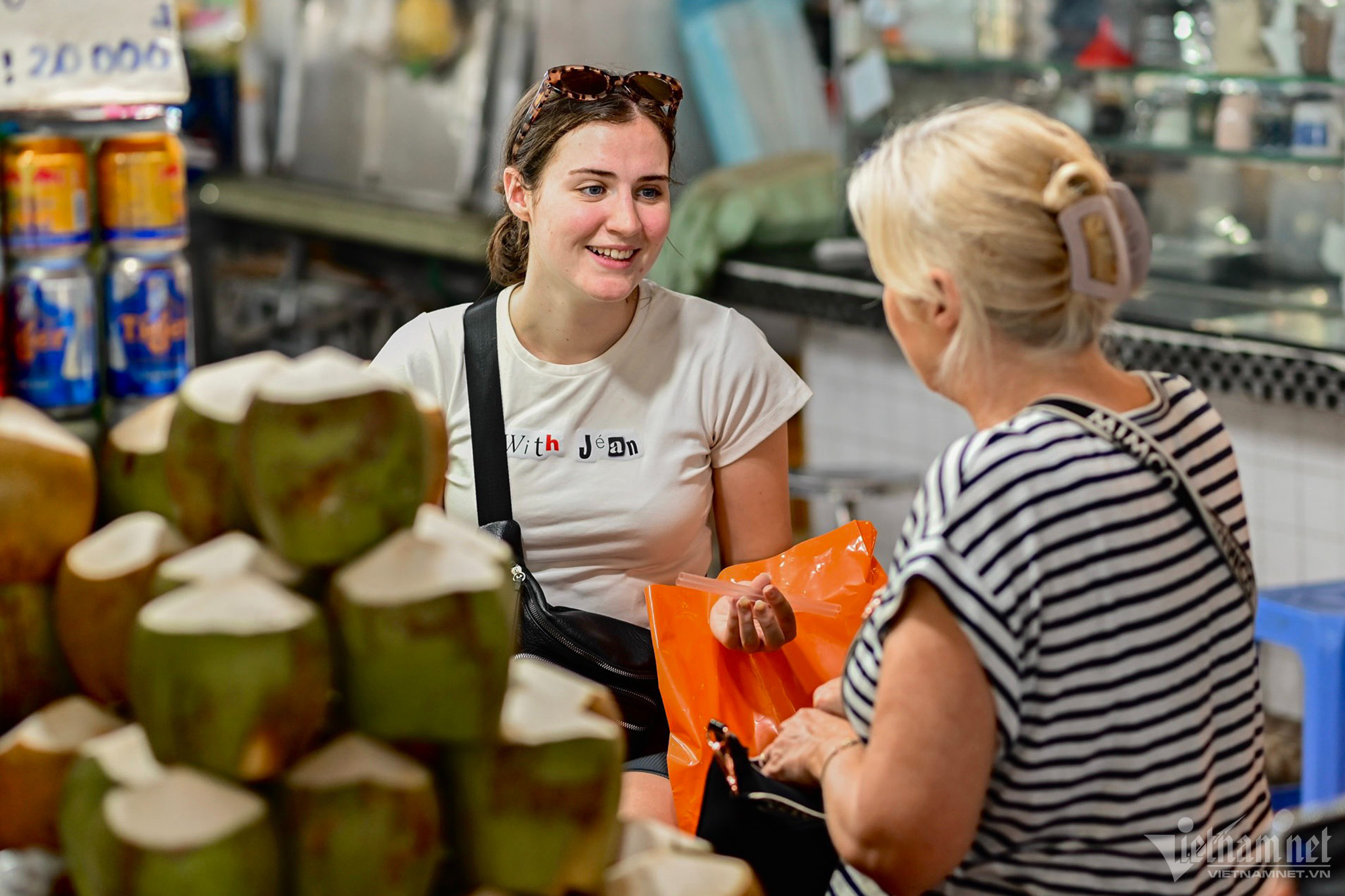
Starting August 15, Vietnam waived e-visas for citizens of all countries and territories, increases the validity term of an e-visa from 30 days to 90 days. Citizens of countries that are unilaterally exempted from visas by Vietnam will be granted temporary residence for 45 days instead of 15 days.
Applauding the government’s decision on issuing two new resolutions on visa policy, Vu Van Tuyen, CEO of Travelogy Vietnam, said more travelers will arrive
Five months ago, his travel firm set to work on 17 new products to receive foreign travelers with long stays. Instead of 2-3 weeks, travelers are expected to stay in Vietnam for 30-45 days. He predicted that the number of travelers will recover strongly in the third and fourth quarters.
A senior executive of Tam Nhin Viet Nam said France is an attractive market with average spending of $100 per day. Previously, French travelers could enjoy visa exemption, but for a short stay of 15 days only. With the maximum stay extended to 45 days, they will stay in Vietnam longer and visit more destinations.
Tourism products
However, Tuyen said he can see problems.
First, Vietnam still lacks an overall marketing strategy based on travel firms that can design and market their tourism products.
Second, Vietnam has great potential to develop tourism, but it still doesn’t know how to do to persuade travelers to stay longer and return subsequent times.
Third, tourism products in many provinces and cities are similar, including night-time markets.
“Vietnam has 20 well-known night-time markets, but none of them is famous like other night-time markets in the region and the world,” he said.
Vietnam is also an important transit point for Asian and European travelers to come to Indochina, Thailand and China.
According to Tuyen, there are seven key tourism routes. Previously, because of limited stay time, if travelers came to provinces in the north or the south, they couldn’t take tours to the northeast and northwest, highlands or vice versa. It is necessary to find solutions to combine the seven points in one journey lasting from one month to 45 days.
The difficulty is how to combine products of different regions because the journey will be costly. Moreover, local products are fragmented.
“Vietnam’s tourism products are not original and specific, which don’t show the typical features of localities, so they don’t excite travelers,” he said.
Regarding the visa waiver for citizens of 13 countries, a representative of Tam Nhin Viet Nam noted that Belarus is one of the 13 countries, but the number of travelers from the country is not high. Meanwhile, important markets such as Switzerland, Belgium and Luxembourg are not on the list, though they are important markets with high levels of spending.
He said that wealthy travelers appreciate policies that allow them to take tours whenever they want to go.
Marketing strategy
According to travel firms, to make Vietnam better known to the world, Vietnam needs to disseminate information and run promotional campaigns. However, Vietnam is not good at this work.
Tuyen noted that the marketing strategy being pursued by Vietnam remains very general, with no focus for target markets.
For example, Vietnam this year plans to focus on the European market, but there are more than 20 European countries, so it is necessary to find out the tastes of each market to design a suitable marketing strategy.
The Ministry of Culture, Sports and Tourism (MCST) has released the Vietnam National Marketing Strategy by 2030, while the Tourism Development Support Fund has been established which supports the national tourism promotion and develops tourism products in localities.
Vietnam received 6.6 million foreign travelers in the first seven months of the year.
Ngoc Ha